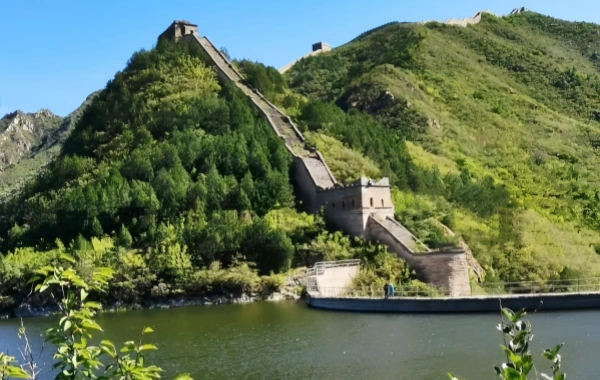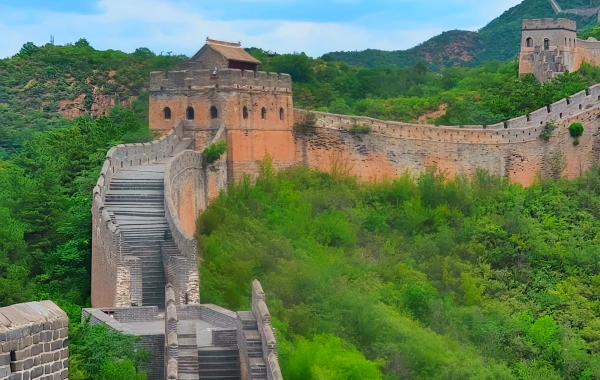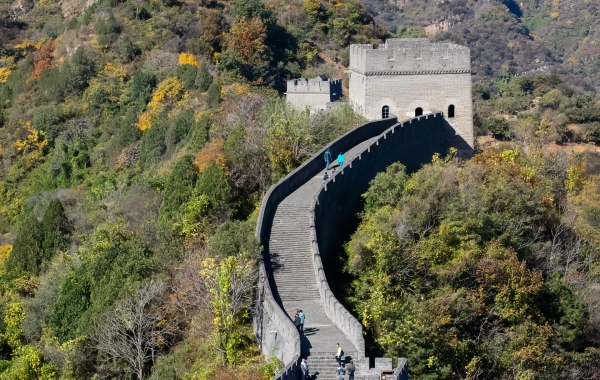Great Wall of China
Historical Overview
Construction began under the Zhou Dynasty (770–221 BCE) as scattered fortifications, later unified by Emperor Qin Shi Huang (221–206 BCE) to deter Xiongnu raids. Subsequent dynasties expanded and reinforced the Wall:
Han Dynasty (206 BCE–220 CE): Extended westward to protect Silk Road trade.
Ming Dynasty (1368–1644 CE): Rebuilt the Wall with brick and stone, adding watchtowers, beacon platforms, and garrison stations.
Qing Dynasty (1644–1912 CE): Shifted focus to diplomacy, reducing military reliance on the Wall.
Modern significance: Designated a UNESCO site in 1987, it became a symbol of national pride and a UNESCO-protected cultural treasure. Key events include the 1972 UNESCO nomination and its role in fostering China’s post-1949 cultural identity.
Historical Smoke: From Warlord States to Qin Shi Huang’s Defensive Epic
Who Built the First Wall?
The Great Wall’s origins trace back to the 7th century BCE, when Chinese warlord states built earthen walls to defend against neighboring invasions. But it was Qin Shi Huang—China’s first emperor—who truly put the Wall on the map. After unifying China in 221 BCE, he connected these fragmented walls into a single system, aiming to block northern nomadic tribes like the Xiongnu.
What Was the Wall For?
Initially, it was a straightforward military shield—a physical and psychological barrier against invaders. Over time, it evolved into a multi-tasker: acting as a border checkpoint, a guardian of the Silk Road, and even a regulator of migration and trade. Fun fact: Despite its “invincible” reputation, few major battles actually happened on the Wall itself—maintaining such a vast structure was just too costly.
Engineering Marvel: Secrets of the World’s Longest Human-Made Wonder
Just How Long Is This Thing?
Official stats clock it at 21,196 kilometers (13,170 miles)—enough to stretch halfway around Earth’s equator! It spans 15 provinces, from the Bohai Sea in the east to the Gobi Desert in the west, earning its title as the “longest artificial landscape” on the planet.
How Did Ancient Builders Pull This Off?
Materials were all about local ingenuity: early sections used rammed earth and wood, later upgraded to stone and bricks (common in the Ming Dynasty). The Wall’s height averages 5–8 meters (16–26 feet)—think three to five adults stacked up. Its design was a “defense package” (think medieval IKEA): main walls, beacon towers, forts, barracks, and strategic passes. Even the bricks were “signed” by builders—like ancient quality control tags.
Is the Wall One Continuous Line?
Nope! It's more like a network of main walls, side branches, and natural barriers. Where mountains or rivers blocked the way, builders just let nature do the work—call it “ancient terrain hacking.”
What is on The Great Wall?
Wall Body: A 5–8-meter-high rampart with crenellated battlements, constructed from rammed earth, stone, or brick.
Cultural Icon: The Great Wall and the Chinese Psyche
Spiritual Totem of the Nation
The Wall isn't just bricks and mortar—it's a symbol of resilience. It’s everywhere in Chinese art, literature, and folklore. Take the legend of Meng Jiangnu: her tears collapsed a section of the Wall to reveal her husband's bones, a poignant reminder of the human cost behind its construction.
Muse for Artists and Thinkers
From Li Bai's Tang Dynasty poem “Long winds sweep through ten thousand miles, blowing past the Jade Gate Pass,” to modern blockbusters, the Wall has inspired countless creators. Even Western historians like Leften Stavros Stavrianos (Will Durant) praised it as “one of the greatest military structures in history.”
Silk Road Guardian: Trade and Security Hand-in-Hand
How Did the Wall Protect the Silk Road?
It wasn’t just a fortress—it was the ancient equivalent of Amazon Prime for trade. Parts of the Wall overlapped with the Silk Road, shielding merchant caravans from bandits and regulating cross-border commerce. This “secure trade route” helped spread Chinese silk, tea, and culture westward, fueling the prosperity of empires.
Trivia: Space Myths and Sticky Rice Tech
Can You See the Wall from Space?
Sorry, space tourists—it’s a myth. While the Wall is long, it’s also thin (about 6 meters wide on average). Spotting it with the naked eye from orbit is like trying to find a hair on a football field. Cameras can capture it, but your eyes? No luck.
Did They Use Sticky Rice to Build It?
Yes! Ming Dynasty engineers mixed sticky rice soup with lime to create a super-strong, waterproof mortar—aka “ancient black tech.” This “sticky rice glue” made walls more durable than regular lime. But don’t try DIYing it today—carving names on the Wall is illegal!
Do Other Countries Have “Great Walls”?
Sure! Rome’s Hadrian’s Wall and India’s “Great Wall of India” exist, but none match China’s in scale or history. As the only structure visible from space (with a camera) and a UNESCO World Heritage Site, China’s Great Wall is the undisputed OG of defensive marvels.
Various Great Walls in China
Major Sections
Badaling (Ming Dynasty): Most restored and accessible, with steep staircases and panoramic views.
Mutianyu (Ming Dynasty): Less crowded, featuring 22 watchtowers and a cable car.
Jinshanling (Ming Dynasty): Preserves original battlements and “brave men’s stones” (commemorative plaques).
Simatai (Ming Dynasty): Known for its “Sky Stair” (90-degree incline) and night illuminations.
Beijing Section
1. Mutianyu Great Wall (慕田峪长城)
- History: Built during the Ming Dynasty (1368–1644), Mutianyu served as a strategic military stronghold. It was renovated in the mid-16th century under Emperor Jiajing.
- Tourism Features: Known for its dense vegetation, steep slopes, and panoramic views. The "Stairway to Heaven" section offers a thrilling climb.
- Characteristics: One of the best-preserved sections, blending natural beauty with ancient architecture.
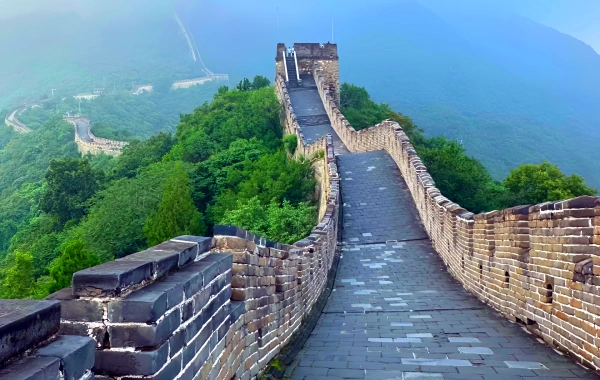
2. Badaling Great Wall (八达岭长城)
- History: A key section of the Ming-era Great Wall, Badaling was heavily fortified to protect Beijing. It witnessed battles during the Ming-Qing transition.
- Tourism Features: The most visited section, with restored watchtowers, cable cars, and museums. Ideal for families and first-time visitors.
- Characteristics: Symbolizes China’s cultural heritage; a UNESCO site since 1987.
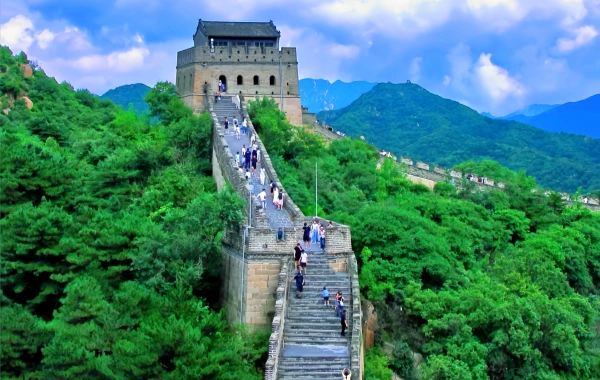
3. Juyongguan Great Wall (居庸关长城)
- History: An ancient pass dating to the Spring and Autumn Period (771–476 BCE), rebuilt in the Ming Dynasty. Known for its "Cloud Platform" (Yun Tai) with Buddhist carvings.
- Tourism Features: Combines history with hiking; the "Juyong Pass" offers dramatic mountain scenery.
- Characteristics: A blend of military architecture and religious art.
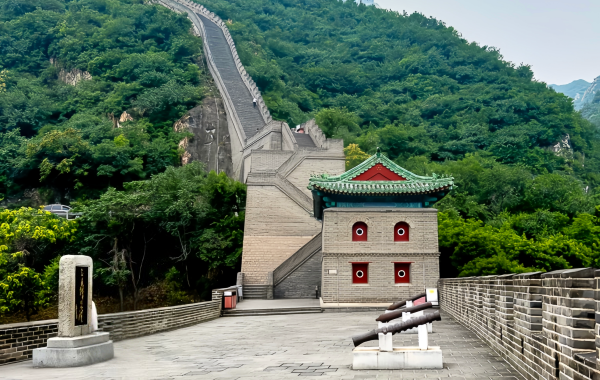
4. Simatai Great Wall (司马台长城)
- History: Built in the Ming Dynasty, Simatai is famed for its steep cliffs and original, unrestored sections.
- Tourism Features: Night tours and the "Sky Bridge" between Eastern and Western sections. Popular for adventure seekers.
- Characteristics: One of the few sections retaining primitive features.
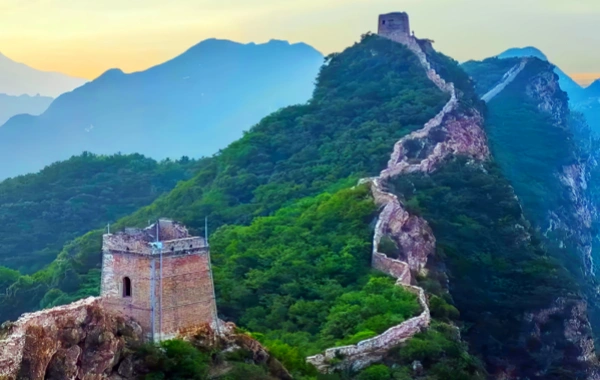
5. Jiankou Great Wall (箭扣长城)
- History: Built during the Ming Dynasty (1368–1644), Jiankou is renowned for its steep, unrestored sections. It was strategically positioned to guard the Beijing region from northern invasions.
- Tourism Features: A paradise for hikers and photographers, offering dramatic cliffs, ruined watchtowers, and panoramic mountain views. The "Sky Stairs" and "Eagle Flies Facing Upward" sections are iconic.
- Characteristics: Known as a "wild Great Wall" section, it retains original stonework and rugged terrain. Requires caution due to steep drops and loose stones.

6. Huanghuacheng Water Great Wall (黄花城水长城)
- History: Built during the Ming Dynasty’s Yongle period (1404), Huanghuacheng Water Great Wall served as a critical defensive outpost on the northern border. Though less documented in later renovations, its original stonework and structure remain largely intact.
- Tourism Features: Celebrated as Beijing’s only Great Wall section where ancient walls meet water, it offers the iconic “Water Great Wall” spectacle—Ming Dynasty ramparts winding through Haoming Lake. Highlights include seasonal beauty (spring blooms, autumn foliage), the tranquil lake for boating, and trails through a centuries-old chestnut grove.
- Characteristics: A unique fusion of natural and cultural heritage, it combines well-preserved Ming architecture with serene landscapes, making it one of Beijing’s most picturesque and historically rich Great Wall sites.
7. Xiangshuihu Great Wall (响水湖长城)
- History: Built during the Ming Dynasty (1368–1644), Xiangshuihu served as a critical northern defense line. Its name derives from the nearby spring-fed lake, which adds a tranquil touch to its rugged setting.
- Tourism Features: Famed for its lush valleys, crystal-clear lake, and relatively gentle slopes, making it ideal for leisurely hikes. The "Sounding Water Lake" area offers serene views and picnic spots.
- Characteristics: A harmonious blend of natural beauty (forests, springs) and well-preserved Ming-era walls, with fewer crowds compared to other sections.
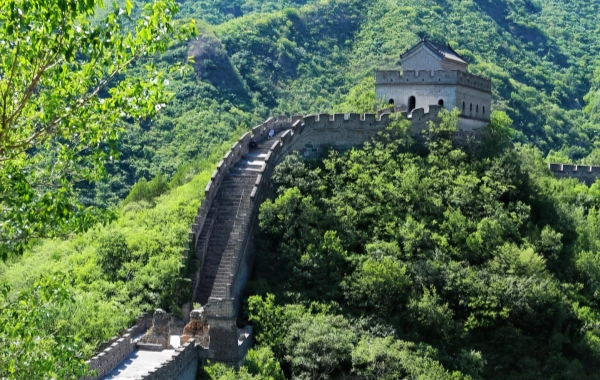
8. Gubeikou Great Wall (古北口长城)
- History: First built during the Northern Qi Dynasty (550–577) and expanded in the Ming Dynasty, Gubeikou was a strategic crossroads for northern trade and military campaigns. It witnessed fierce battles against Mongol invaders.
- Tourism Features: Offers rugged, unrestored stretches for adventurous hikers, with views of the Yangshan Mountains and the Wohushan ("Crouching Tiger Mountain") section. The nearby Gubeikou Village adds historical charm.
- Characteristics: A raw, untouched section with a mix of Ming-era ruins and natural terrain, ideal for those seeking an authentic, less-commercialized Great Wall experience.
Tianjin Section
1. Huangyaguan Great Wall (黄崖关长城)
History: Constructed during the Northern Qi Dynasty (550–577) and rebuilt in the Ming Dynasty (1368–1644), Huangyaguan was a pivotal military stronghold. Its "Yellow Cliff Pass" name comes from the golden hues of surrounding cliffs.
Tourism Features: Known for its steep, zigzagging staircases and the "Ba Gua City" (Eight Trigrams Fortress), a unique circular defensive structure. The annual International Marathon on the Great Wall is held here.
Characteristics: One of the most intact and architecturally diverse sections, combining natural cliffs with intricate Ming-era fortifications.
Hebei Section
1. Shanhaiguan Pass Great Wall (山海关长城)
- History: Built in 1381 during the Ming Dynasty, marking the eastern end of the Great Wall. Known as the "First Pass Under Heaven."
- Tourism Features: Visit the Old Dragon Head (Laolongtou), where the wall meets the Bohai Sea, and the Zhenlou Tower.
- Characteristics: A fusion of land and sea defenses; pivotal in 17th-century battles between Ming and Qing forces.
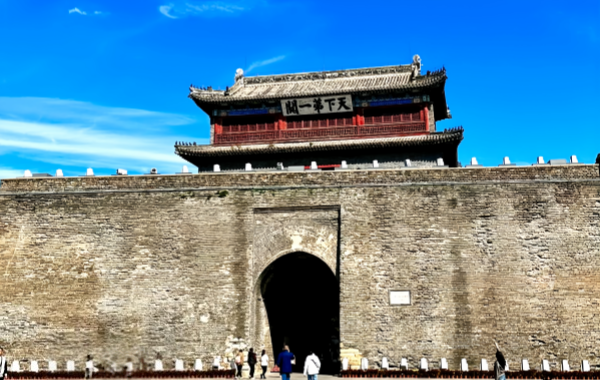
2. Jinshanling Great Wall (金山岭长城)
- History: Constructed in 1570 during the Ming Dynasty. Partially restored but retains original features like barbican gates and horse ramps.
- Tourism Features: Hike the undulating sections with panoramic views; popular for photography and stargazing.
- Characteristics: Blends military functionality with aesthetic design, featuring dense watchtowers.
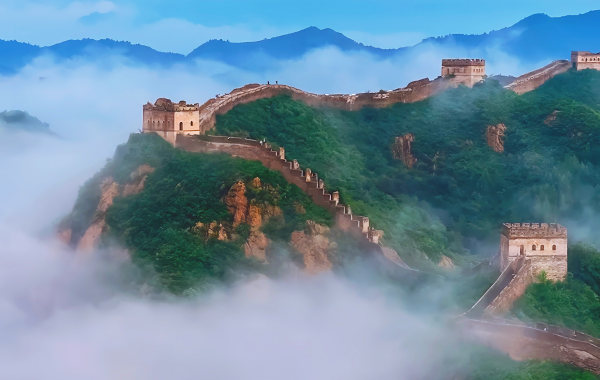
Gansu Section
1. Jiayuguan Pass Great Wall (嘉峪关长城)
- History: Built in 1372 during the Ming Dynasty, Jiayuguan was the westernmost fortified pass of the Great Wall, serving as a critical military and trade hub on the Silk Road.
- Tourism Features: Explore the inner city, moat, and the "Overhanging Great Wall" section. Nearby attractions include the Wei Jin Tombs and the Great Wall Museum.
- Characteristics: Known as the "First and Greatest Pass Under Heaven," it blends Han and Ming architectural styles with desert landscapes.
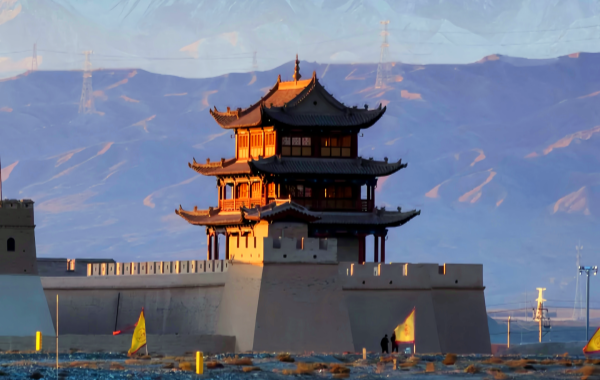
2. Dunhuang Han Great Wall (敦煌汉长城)
- History: Constructed during the Han Dynasty (121 BCE–106 BCE) to protect the Hexi Corridor from Xiongnu nomads. Part of the Han-era defensive network.
- Tourism Features: Visit the Yumen Pass (Jade Gate) and Yangguan Pass ruins. The walls, built with layered reeds and tamarisk branches, are partially preserved.
- Characteristics: A rare example of early Great Wall construction using local materials; listed as a UNESCO Silk Road site.
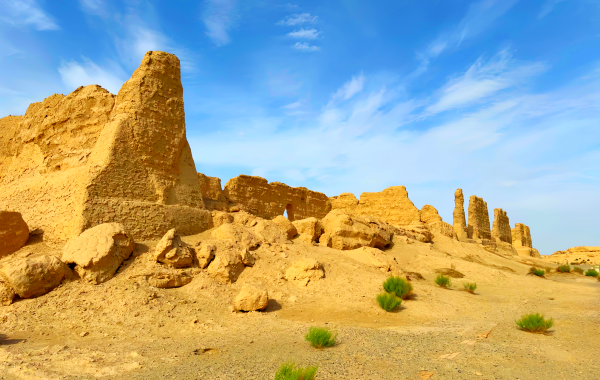
3. Yongchang Ming Great Wall (永昌明长城)
- History: Built in the Ming Dynasty (16th century) to guard against Mongol invasions. Part of the "Gansu Corridor" defense system.
- Tourism Features: Hike through arid valleys and visit nearby Beigu Temple. The walls feature watchtowers with unique brick carvings.
- Characteristics: Combines earthen ramparts with stone foundations, adapted to the region’s rugged terrain.
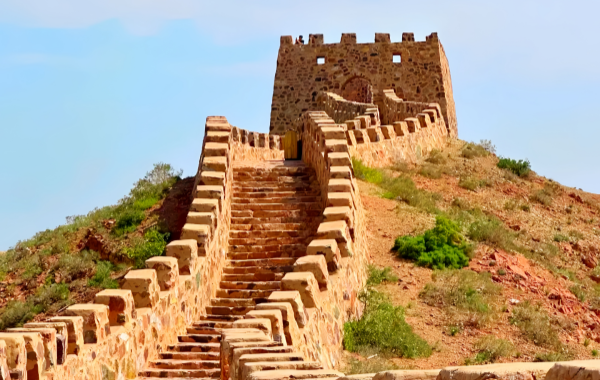
Shanxi Section
1. Yanmenguan Great Wall (雁门关长城)
- History: First built during the Warring States Period (475–221 BCE), rebuilt in the Ming Dynasty. A strategic pass for the Tang and Song dynasties.
- Tourism Features: Walk through ancient gates and watchtowers; learn about battles like Li Mu’s defense against Xiongnu.
- Characteristics: Embodies the Great Wall’s role in protecting agricultural regions from nomadic incursions.
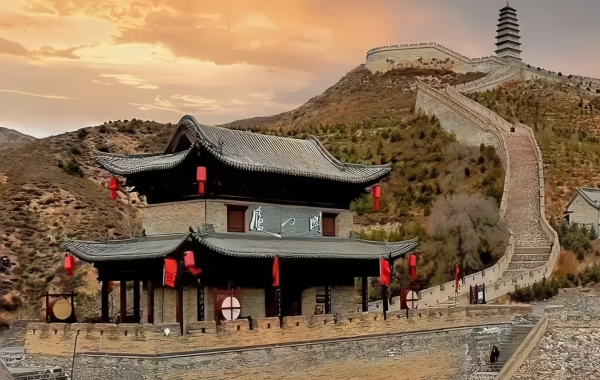
2. Ningwuguan Great Wall (宁武关长城)
- History: Established in the Ming Dynasty (1470 CE) as part of the "Three Outer Passes" defending Shanxi.
- Tourism Features: Explore the restored gates and nearby Luya Mountain scenic area.
- Characteristics: Known for its steep mountainous terrain and integration with natural barriers.
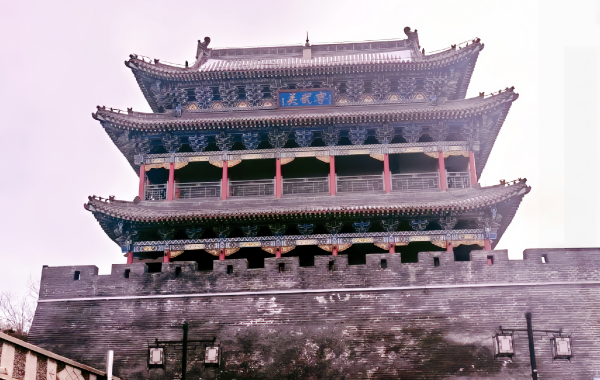
Liaoning Section
1. Hushan Great Wall (虎山长城)
- History: Built in 1469 during the Ming Dynasty, overlooking the Yalu River border with North Korea. The easternmost section of the Great Wall.
- Tourism Features: Scenic views of the river and Korea; minimal restoration preserves authenticity.
- Characteristics: Marks the Great Wall’s transition from mountain to coastal terrain.
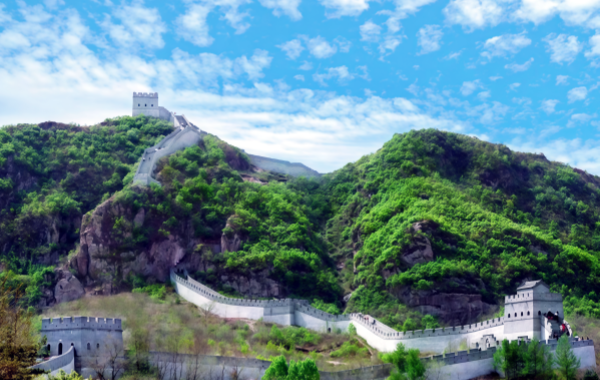
Inner Mongolia Section
1. Zhao Great Wall (赵长城)
- History: The oldest section, built by the Zhao State (325–299 BCE) during the Warring States Period.
- Tourism Features: Remote and less crowded; ideal for off-the-beaten-path exploration.
- Characteristics: Earthen ramparts showcasing early Great Wall construction techniques.
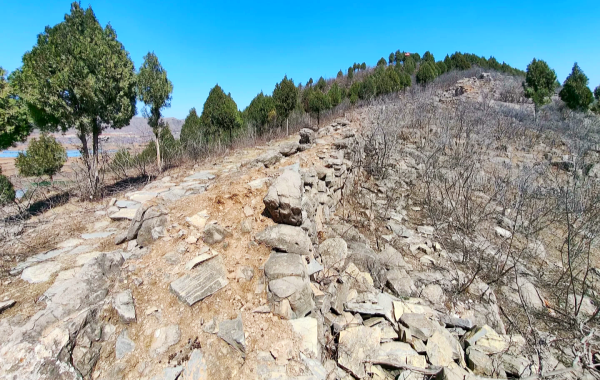
Qin Great Wall (秦长城)
- History: Constructed during the Qin Dynasty (214 BCE) to unify defenses after the First Emperor’s conquests.
- Tourism Features: Visit ruins near Baotou City; combines with grassland scenery.
- Characteristics: Built with rammed earth; a precursor to the Ming-era stone walls.
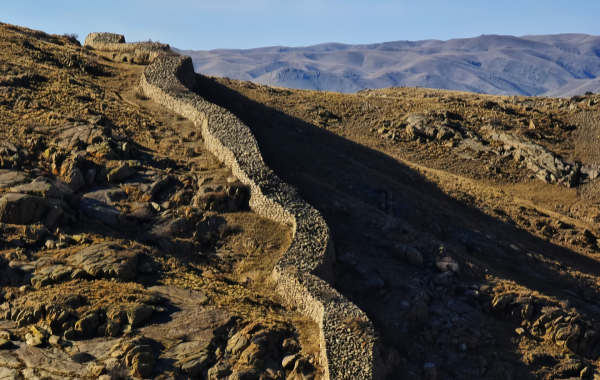
Ningxia Section
1. Guyuan Great Wall (固原长城)
- History: Ming Dynasty fortifications (16th century) guarding the Loess Plateau against Mongol incursions.
- Tourism Features: Hike through rugged terrain; visit nearby Xumi Mountain Grottoes.
- Characteristics: Combines defensive structures with natural barriers.
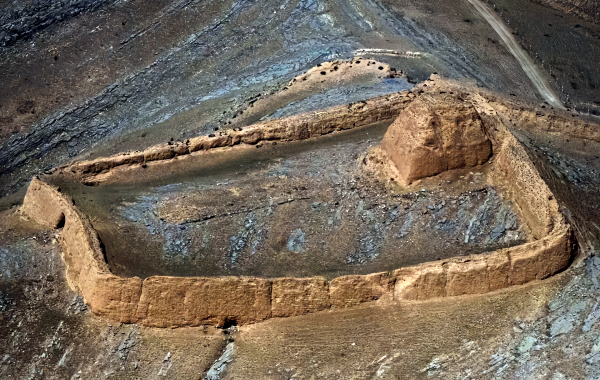
Shaanxi Section
1. Zhenbeitai Great Wall (镇北台长城)
- History: Built in 1607 during the Ming Dynasty to monitor Mongol movements near Yulin City.
- Tourism Features: Climb the four-tiered tower for desert and city views.
- Characteristics: The largest ancient military observation tower in China.
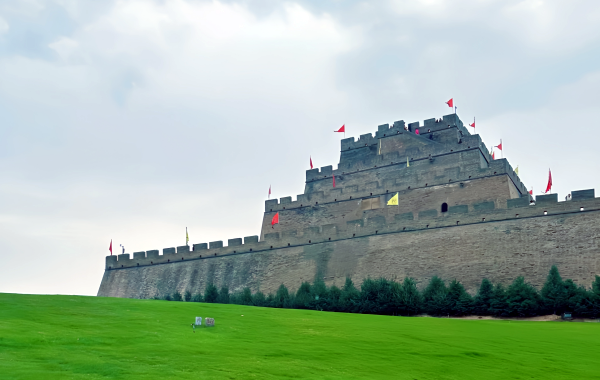
2. Tongchuan Great Wall (铜川长城)
- History: Ming Dynasty remnants near the Wei River; part of the "Shaanbei" defense network.
- Tourism Features: Explore rural landscapes and nearby Yaozhou Kiln Museum.
- Characteristics: Earthen walls integrated with local farming communities.
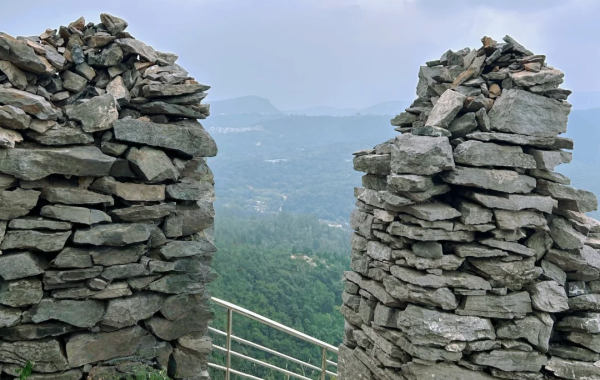
How to visit the most famous Great Wall
Suggested Itineraries
Classic Route (Half-Day):
Badaling Section:Cable car ascent → North Window Tower → North Eight Pass → South Seven Pass → Exit via Beiluogu Pass.
Highlights: Iconic vistas, historical plaques, and crowd-friendly trails.
Extended Route (Full Day):
Mutianyu + Jinshanling:Mutianyu: Cable car to Tower 14 → Hike east to Tower 6 → Shuttle to Jinshanling → Trek to General Tower → Exit.
Highlights: Untouched battlements, solitude, and photography spots.
Adventure Route (Multi-Day):
Jiayuguan to Shanhaiguan:
Day 1: Jiayuguan Fort → Overland Trail (trek/drive) to Yellow City Pass.
Day 2: Hike Heshangguan to Sandaoguan → Overnight in a village guesthouse.
Day 3: Explore Shanhaiguan’s “First Pass” → Laolongtou (Old Dragon’s Head).
Highlights: Silk Road history, desert landscapes, and coastal Wall sections.
Ticket Purchase
Online: Reserve via official platforms (e.g., WeChat, Ctrip) up to 7 days in advance.
On-Site: Tickets available but may sell out during holidays.
Prices:
Badaling: ¥40 (peak season), ¥35 (off-season).
Mutianyu: ¥45 (adults), ¥25 (students).
Jinshanling: ¥65 (includes shuttle).
Jiayuguan Pass: ¥110 (combo ticket with Overhanging Great Wall).
Free: Children under 1.2m, disabled visitors.
Transportation
By Bus:Beijing: Take Bus 877 from Deshengmen to Badaling (90 mins).
Mutianyu: Bus 916 Express to Huairou, transfer to H23/H24.
By Tour Group: Day trips from Beijing (¥200–400/person, includes transport).
By Car: Private hire to Mutianyu (~¥400 round-trip from Beijing).
Departure: Exit via shuttle buses or taxis at main sections.
Best Time & Tips
Peak Hours: Avoid 10 AM–3 PM; hike early (7 AM opening) or late (after 4 PM).
Crowds: Weekends and holidays are busiest; weekdays quieter.
Weather: Spring (April–May) and autumn (September–October) for mild temperatures and clear skies.
Essentials:
Wear sturdy hiking boots (uneven steps, steep climbs).
Pack water, sunscreen, and snacks (limited facilities at remote sections).
Photography allowed (avoid flash in dimly lit towers).
Prohibited items: Drones, graffiti tools, and large backpacks (check at entrances).
Great Wall of China Scenic Spots Guide
Contact Us
What Our Clients Say?
Based on 10,000+ traveler reviews






FAQ
Are night tours available at the Great Wall? What are the highlights?
Simatai section offers night tours (April-October), with the wall illuminated by warm lights, creating a magical atmosphere. Visitors can hike under the stars and enjoy the quiet grandeur.
What's the best season and time to visit the Great Wall of Beijing?
Best seasons: Spring (April-May) for blooming flowers, autumn (September-October) for golden foliage. Avoid weekends and holidays to beat crowds. Arrive early in the morning for clear views and cooler temperatures.
Are there direct tourist buses to Mutianyu Great Wall?
Yes. The Mutianyu Shuttle Bus departs from Dongzhimen Hub (8:30/10:00), costing ¥80 round-trip (includes entrance ticket). Private drivers are also available for ¥400-500/day.
What should self-driving visitors note when going to the Great Wall?
Badaling and Mutianyu have large parking lots (¥10-20/day). For wild sections like Jiankou, park at nearby villages and hike in (follow signs to avoid getting lost). Check weather forecasts before driving in mountainous areas.
What was the historical role of the Great Wall's watchtowers?
Watchtowers served as military outposts for surveillance, communication (using smoke signals or fire at night), and shelter for soldiers. They enabled rapid alert systems against enemy invasions.


